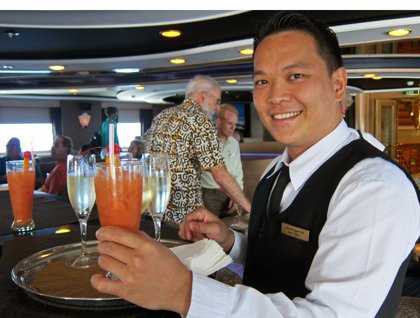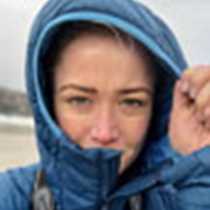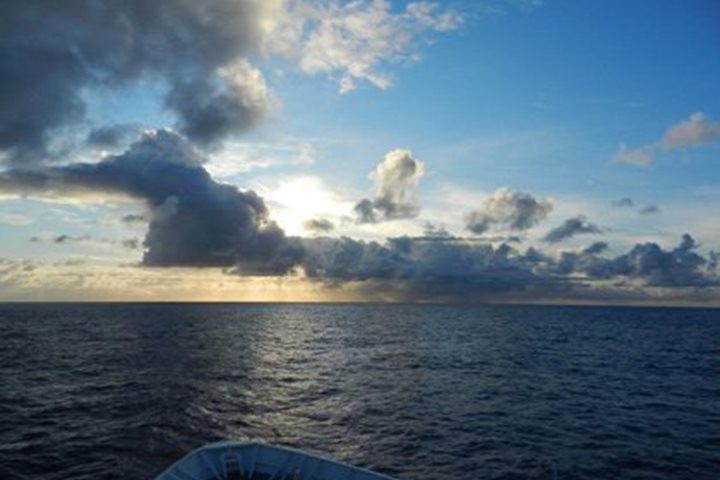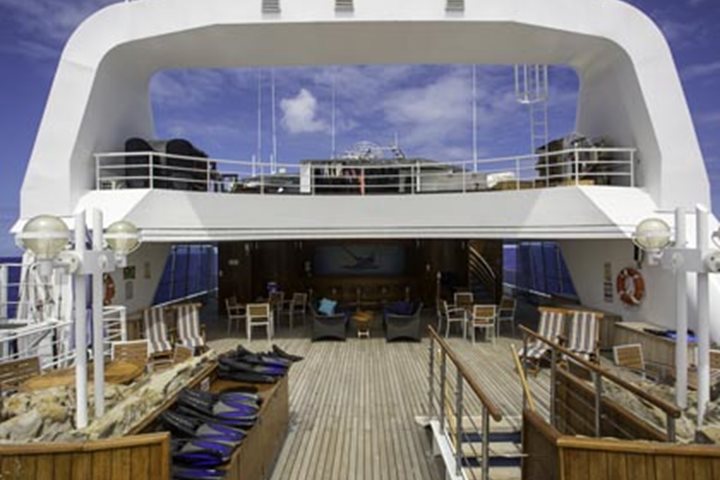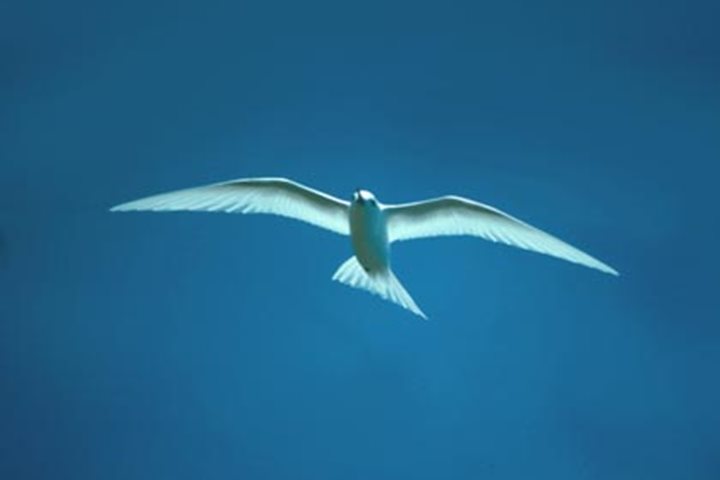Our final day at sea before arriving at Easter Island dawned with the familiar gentle rolling of the ship. The past few days have seen us travel many hundreds of miles east through the midst of the South Pacific and despite this area of ocean being vulnerable to rough seas, we have been fortunate to experience only a little of what the South Pacific can generate. A relatively steady swell coupled with a stabilized ship makes long stretches at sea on board National Geographic Orion quite comfortable.
Having enjoyed our breakfast and the cooling morning breeze in the outdoor café we were eager to hear more about our final destination. Claudio’s presentations throughout the course of this expedition have enlightened us to so many aspects of the anthropology and archaeology of the South Pacific. His talk this morning furthered our understanding of what we were going to see and experience at one of the most significant spots on Easter Island: Ahu Togariki. This site is where some of the largest moai were erected. In 1960 a powerful tidal wave toppled the statues, sweeping them far inland. Claudio talked about his work helping to restore the site with 50 locals plus specialists and the significance of this restorative work in helping the locals “revalue and revive their Polynesian culture.”
Sailing ever closer to Easter Island we have been continuously travelling east. It has certainly been noticeable: today was another time change of one hour forward at lunchtime. The majority of us on board agree that a time change forward at lunchtime is much preferable to a time change forward at 02:00! Jumping one hour forward meant that our afternoon presentation from Dr Biruté Mary Galdikas was soon underway. Dr Galdikas is a world-renowned biological anthropologist who established the Camp Leaky research facility in Borneo. It was fascinating and touching to hear her insights and experiences into the world’s primates, not least the orangutans for which Camp Leaky is most famous. The chance to visit Camp Leaky with Lindblad Expeditions-National Geographic was certainly a tantalising thought for many in the room.
With the afternoon progressing and the end of our voyage looming, many of us took the opportunity to enjoy some time out on deck watching the rolling ocean or spotting for birds. And for those of us who hadn’t began packing, now was the time! There was always the chance to relax with a spot of afternoon tea after the stresses of wrestling our suitcases closed.
At 17:00 we had the opportunity to see some of the behind-the-scenes areas of the ship. Our hotel manager Tracy showed a short video presentation, which gave us a glimpse of the engine room and galley—two important powerhouses on board National Geographic Orion. Considering the wealth of fabulous meals we have been treated to on this voyage it was interesting to see where Head Chef Lothar and his team create such culinary delights.
The chance to experience one more meal on board the ship was certainly welcome, but before heading to our farewell dinner we enjoyed the Captain’s Farewell Cocktail party in the lounge. Here we were able to show our appreciation for all the hard work that has gone into making this voyage so successful by thanking the many staff and crew. It was also our chance to say goodbye and exchange contact details with our fellow guests, many of whom we hope to meet of future Lindblad-National Geographic expeditions.

